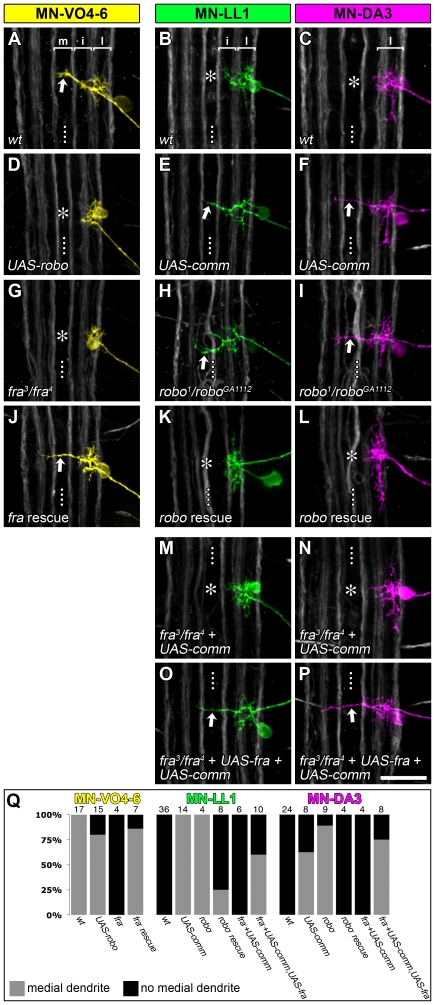Figure 5. Frazzled and Robo are required cell-autonomously and gate dendritic targeting to the midline.
Single DiI/DiD-labelled dendritic trees of MN-DA3, MN-LL1, and MN-VO4–6 at 18.5 h AEL in controls and when levels of Frazzled and/or Robo have been altered. The midline targeting dendrite of MN-VO4–6 ([A] straight arrow) fails to form when UAS-robo is expressed (using CQ-GAL4 [D]) or in a fra-mutant background (G). The fra-mutant phenotype can be rescued by reinstating UAS-fra with CQ-GAL4 ([J] straight arrow). Conversely, in MN-DA3 and MN-LL1 (B and C for wild-type) inactivation of Robo (CQ-GAL4 driving UAS-comm or robo1/roboGA1112) produces a usually single aberrant midline targeting dendritic branch per cell ([E, F, H, I] straight arrows). The robo-mutant phenotype can be rescued by driving UAS-robo with CQ-GAL4 (K, L). The UAS-comm phenotype is suppressed in a fra-mutant background (asterisks in [M, N] indicate the absence of midline targeting branches; compare with [E, F]) and recovered by co-expressing additionally UAS-fra in MN-DA3 and MN-LL1 ([O, P] straight arrows). (Q) illustrates the distribution of dendritic phenotypes for each motorneuron and genotype with indicated n-numbers above each bar. Dotted line: CNS midline. Scale bar: 20 µm.

